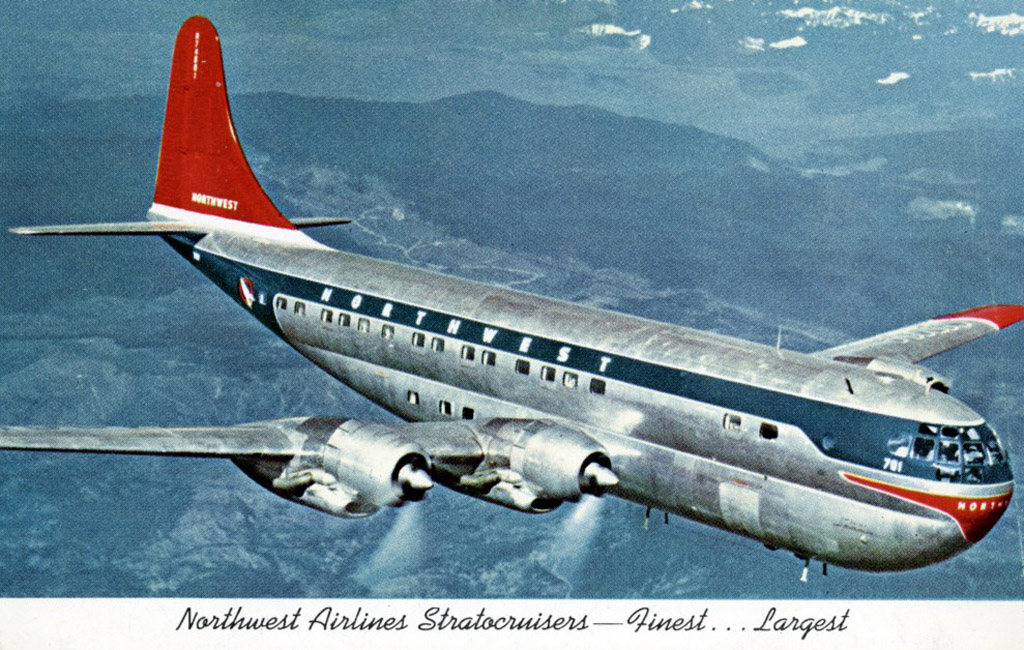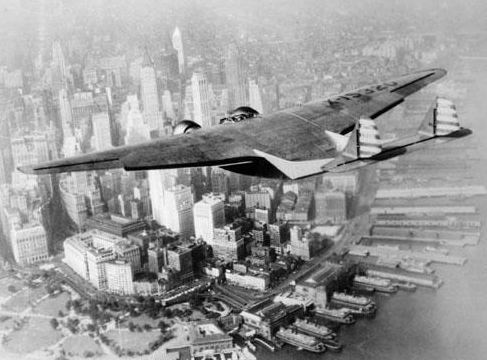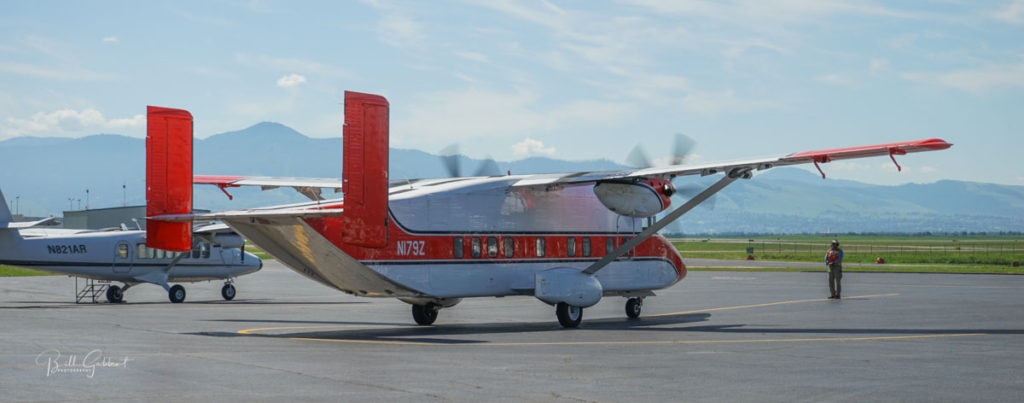Electric planes will nibble at the edges for a while (perhaps freight & cheap to run trainer - especially in UK or other places where there are high fuel taxes),
I think about Heathrow, it has
limited operating hours due to
- Noise from arriving/departing passengers vehicles on nearby roads
- Aircraft noise
- Pollution from above
Landing slots are in short supply.
I'm not even sure that freight is a big part of Heathrow operations, but it serves to illustrate for other locations.
- Freight can be delivered to airports within existing time limits, preferably a little earlier. A few large HGVs (trucks) are less noise/pollution than dozens of ICE buses & cars. Heathrow is within London's ULEZ - ULEZ and eventually might be subject to specific congestion zone charges or restrictions.
- Electric planes should ideally be quieter than combustion aircraft for take-off & landing (aerodynamic noise, ducted power).
Due to less annoyance to residents, a compromise might be reached where the last few landing slots become electric only plus extending slots a little longer (electric only). As electric planes become more capable, this electric-only quieter zone can be extended - economically favouring electric.
So, I'm suggesting that electric planes should emphasise quietness (propulsion & aerodynamic) initially. This probably means a slower takeoff/landing, slower cruise speed. I'm hoping that the economic benefits including cheaper and extended slots helps adoption. The slower cruise speed may be less of a problem with freight, again possibly helped by more slot availability.
Weight limits on electric probably means that low density, high value cargo is best suited such as packaged mobile phones. Heavy phone, little booklet, plenty of padding. There are even better use cases.
Power required to take off seems to be a limit. At slow speeds - are
electric motors driving the wheels better for the first part of the acceleration (and doubling as secondary brakes/less brake wear)? Certainly
quieter than a ducted fan at the start of takeoff. This might allow the in-flight propulsion to be optimised a little better (more aggressive angle of attack on propellers or fans). I'm assuming that
driven wheels would consume less power than propellers/fans.
Now we get to lower cruising speeds - better aerodynamics would help, removing passenger windows & other features probably allows optimisations. Otherwise, electric would probably make sense overall in many cases, but the slower transits would be a drag on economics otherwise.
















